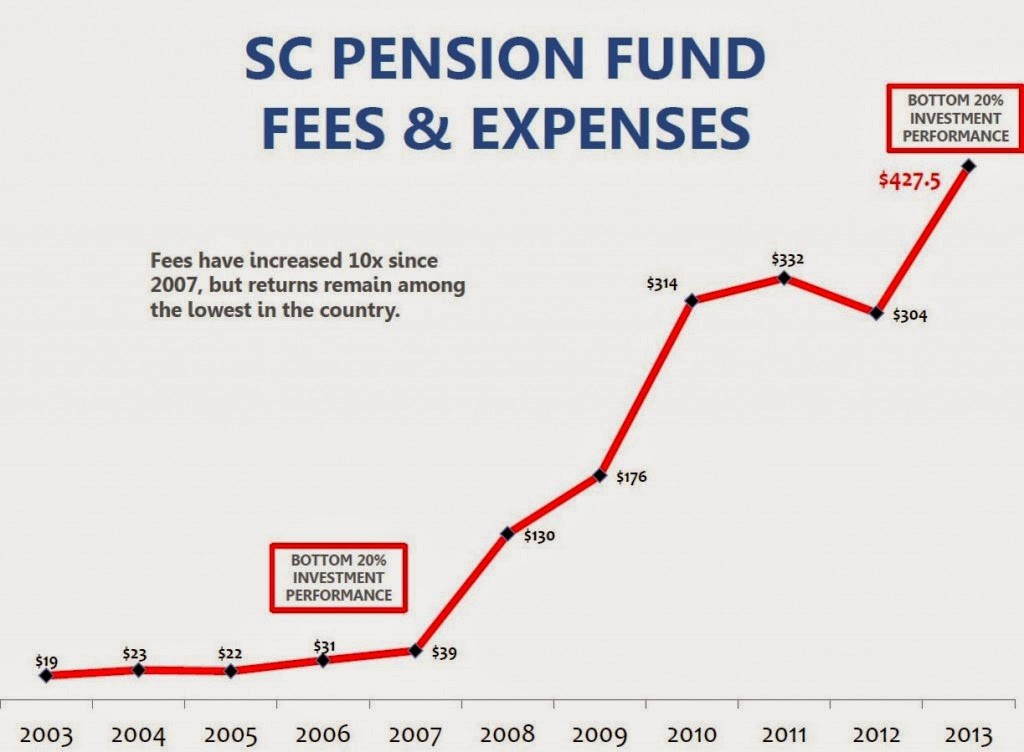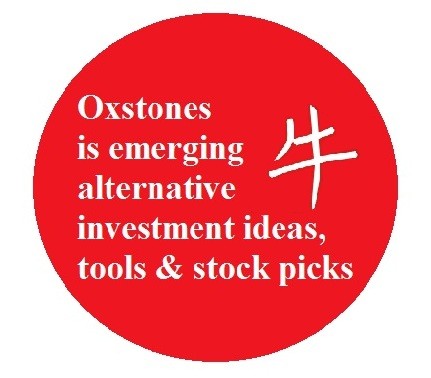A Simple Guide to Alternative Investments
Post on: 5 Апрель, 2015 No Comment

By Khor Jay Ee
Due to the Global Financial Crisis of 2008, confidence in the most fundamental investment concepts, namely asset allocation and diversification between equities and bonds, were thrown out of the window as investors who diligently followed these concepts saw their portfolios hit as badly as those who did not practise such concepts. To cite an example, a well-diversified portfolio consisting of 50 percent global equities (MSCI AC World Index) and 50 percent global bonds (JPMorgan Global Aggregate Bond Index) lost around 26 percent (in USD terms) from the peak in late 2007 to the bottom in early 2009. Could it be that the traditional method of diversification involving stocks and bonds is not as effective or efficient enough to weather a modern-day financial crisis?
The losses incurred have led to experts in the asset management industry questioning their prior investment practices in strategic asset allocation and diversification, and led to the increasingly important role of alternative investments in enhancing returns and reducing volatility. According to Deutsche Bank’s tenth annual Alternative Investment Survey (AIS), global investors expect a net inflow of US$140 billion into alternative investments in 2012, an increase from 2011’s US$120 billion net inflow.
The term ‘alternative investments’ is a relatively loose one and can include almost anything that does not fall under equities, bonds, or cash. The highly desirable features of alternative investments include the diversification benefits – low or even negative correlation – when added into a portfolio of traditional financial instruments. Let’s take a look at some common characteristics of alternative investments.
Characteristics of Alternative Investments
Low Correlation
Alternative investments are usually classified as such because they are not invested in traditional financial instruments like equities and bonds. As such, they tend to have a lower or even negative correlation with traditional financial instruments. This is one of the most desirable traits of alternative investments, and is the key reason for their popularity in recent years. Investors allocate a portion of their portfolios into alternative investments as a means to increase the risk-adjusted returns of the portfolio as a whole.
Illiquidity
It is quite common for alternative investments to be illiquid in nature. Compared to stock markets in which stock prices are updated in real time, some alternative investments may be priced only once a month, or even once every quarter. Correspondingly, the frequency at which alternative investments are traded (i.e. bought and sold) can also be very much lower compared to equities as the market for alternative investments is very specialised and may not be easily accessible to both buyers and sellers.
Uncertain Valuations
The slow-moving nature of some alternative investments may result in inaccurate valuations as well. When there is little liquidity, it is more difficult for the market to reflect an alternative investment’s true valuation. Take for example an alternative investment in the form of a painting by a famous artist, which was recently valued at US$700,000 by a professional appraiser. When the painting is auctioned off, the final sale price might close at US$1,000,000 if interest for the painting is strong.
Another example of uncertain valuations is investing in fine wine as an alternative investment. The price of wine is governed by weather, sun and rainfall, not to mention, at the whims and fancies of connoisseurs. Such a myriad of factors can lead to big fluctuations in the value of a portfolio of fine wines, where it is common for investors to invest in a batch of fine wines even before the wines are tasted and officially reviewed by connoisseurs.
Chart 1: Biggest Challenge Faced by Institutional Investors
Source: 2011 Deutsche Bank Alternative Investment Survey
Types of Alternative Investments
While there are many types of alternative investments, they can be broadly classified into two categories – traditional and modern alternative investments.
Traditionally, alternative investments focus on commodities, real estate, and private equity funds. In recent years, however, these alternative investments have moved into the mainstream. Along with this shift has been the emergence of modern alternative investments. Modern alternative investments include managed futures and hedge funds.
If one were to compare between the two kinds of alternative investments, ‘traditional’ alternative investments are based on the unique characteristics of individual asset classes, while modern alternative investments are based on investment strategies or ideas that involve a range of complementary assets. We will only look at the two most common alternative investments that Malaysian investors can invest in.
Real estate
A real estate investment can generally be classified into direct or indirect ownership.
Direct ownership usually refers to investments in residential properties, commercial real estate and agricultural land, while indirect ownership usually refers to investments in real estate investment trusts (REITs). Real estate, as an asset class, can be a good diversifier of any portfolio. This is because real estate has a low correlation with stocks and bonds. Also, real estate typically has lower volatility as selling prices do not fluctuate according to the flow and ebb of world financial news. If we were to look at the huge capital market fluctuations in August 2011, it is highly unlikely that the real estate market suffered similar swings on such a large scale. REITs however, are traded on the stock exchange and thus have a relatively higher correlation with the equity market even though the value of its underlying assets, i.e. real estate, is less affected by short-term market conditions.
Advantages of real estate: Leverage by way of loans, diversification.
Disadvantages of real estate: Maintenance costs and incidental expenses, uncertain valuations.
Commodities
Commodities can refer to soft commodities (e.g. coffee, corn and wheat), hard commodities (e.g. gold and silver), or energy commodities (e.g. electricity, gas and oil). Similar to real estate, there are direct and indirect methods of investing in commodities. Direct investments usually refer to purchases of commodities in physical form, which entail transportation and storage costs.

Indirect investments include derivatives such as a commodity futures contract, where two parties enter into a contract to buy and sell a certain quantity of commodity at a certain price on a future date. A futures contract can be settled net on the derivatives exchange by buying a futures contract with an opposite position. However, holding a long futures contract till expiry can entail physical exchange of commodities.
Another indirect investment is by way of the equities of companies whose principal business revolves around the production of one or more commodities. However, such investments may provide little exposure to the commodity prices per se, as the commodity-producing company itself may be hedging the risk in commodity price changes.
Commodities tend to be less correlated with traditional financial instruments, which helps justify their role in diversifying a portfolio. This is because commodity prices are determined by physical supply and demand, and are influenced by a different set of economic fundamentals than equities or bonds.
Another desired characteristic of commodities is their role as an inflation hedge. However, only storable commodities like precious metals, industrial metals and energy are positively correlated to unexpected inflation changes. Non-storable commodities like agriculture are actually negatively correlated with unexpected inflation changes.
Advantages of commodities: Diversification, inflation hedge.
Disadvantages of commodities: Highly volatile, speculative risk.
Another Indirect Way to Alternative Investments
One of the easiest ways for investors to gain an exposure to alternative investments is by way of unit trusts, which in turn invest in the alternative investments. Based on data that we have compiled, the unit trusts which invest in alternative investments are listed in Table 1.
Table 1: Unit Trusts With Exposure To Alternative Investments
fundsupermart.com.my
How Should Alternative Investments be Used in a Portfolio?
A common portfolio-structuring method is the core-satellite approach, where the investor would place the majority (say 80 percent) of his or her portfolio in conventional assets like stocks and bonds, while the remaining 20 percent is placed in the more exotic alternative investments that either reduce the volatility of the portfolio as a whole, or improve the returns of the portfolio at the expense of higher risks. Either way, the satellite portion can be used by aggressive and conservative investors alike to increase or decrease their overall risk exposure.
Khor Jay Ee is a content specialist at Fundsupermart.com, the online division of iFAST Capital Sdn. Bhd. which is licensed by the Securities Commission to provide investment advice and deal in securities restricted to unit trusts. Fundsupermart.com is unit trust specialist with presence in Singapore, Hong Kong, India and Malaysia.














